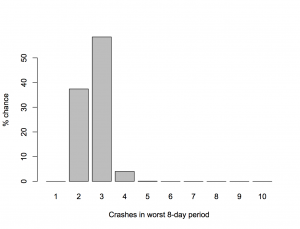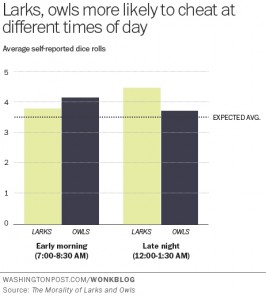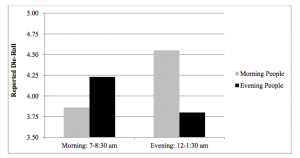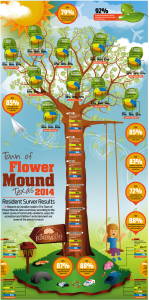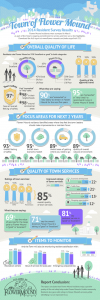NZ Data Futures Forum: Discussion paper out
The New Zealand Data Futures Forum, which was established by the Ministers of Finance and Statistics to explore the future of data-sharing between the public and private sector, has released a discussion paper here.
This is the press release that was issued this morning:
Paddock to plate, and smart roads possible – NZ Data Futures Forum
New Zealand’s international brand and exports could grow significantly with the creation of a data sharing ‘eco-system’ according to a paper released by the NZ Data Futures Forum today.
Food traceability or ‘paddock to plate’ tracking is one of a number of kick start projects recommended in the paper that would see New Zealand become a world leader in the trusted use of data.
“New Zealand has got a real opportunity here. If we can create an ‘eco-system’ for data, we can unlock huge value, but to do this we need to treat data as a national asset,” says Forum Chair John Whitehead.
The paper suggests a range of initiatives including the establishment of an independent data council and an open data champion to drive innovation through data sharing. The data council would act as an independent ‘guardian’ to ensure trust, privacy and security are maintained.
“Getting the rules of the game right is a vital part of encouraging collaboration, creativity and innovation. New Zealand is uniquely placed to do this extremely well.”
The development of ‘smart roads’ that pull data from a range of sources, such as cats eye data capturing traffic flow, is another example the Forum uses to highlight the value that can be created through collaborative data sharing.
“Transport is a critical issue for Auckland. Smart roads can keep traffic moving more freely and prevent a future of bottlenecks and delays literally putting a brake on productivity
“If our recommendations are followed we will see New Zealand lead the world in this space. The potential gains are limitless, including the ability to tackle immediate and real social problems.”
